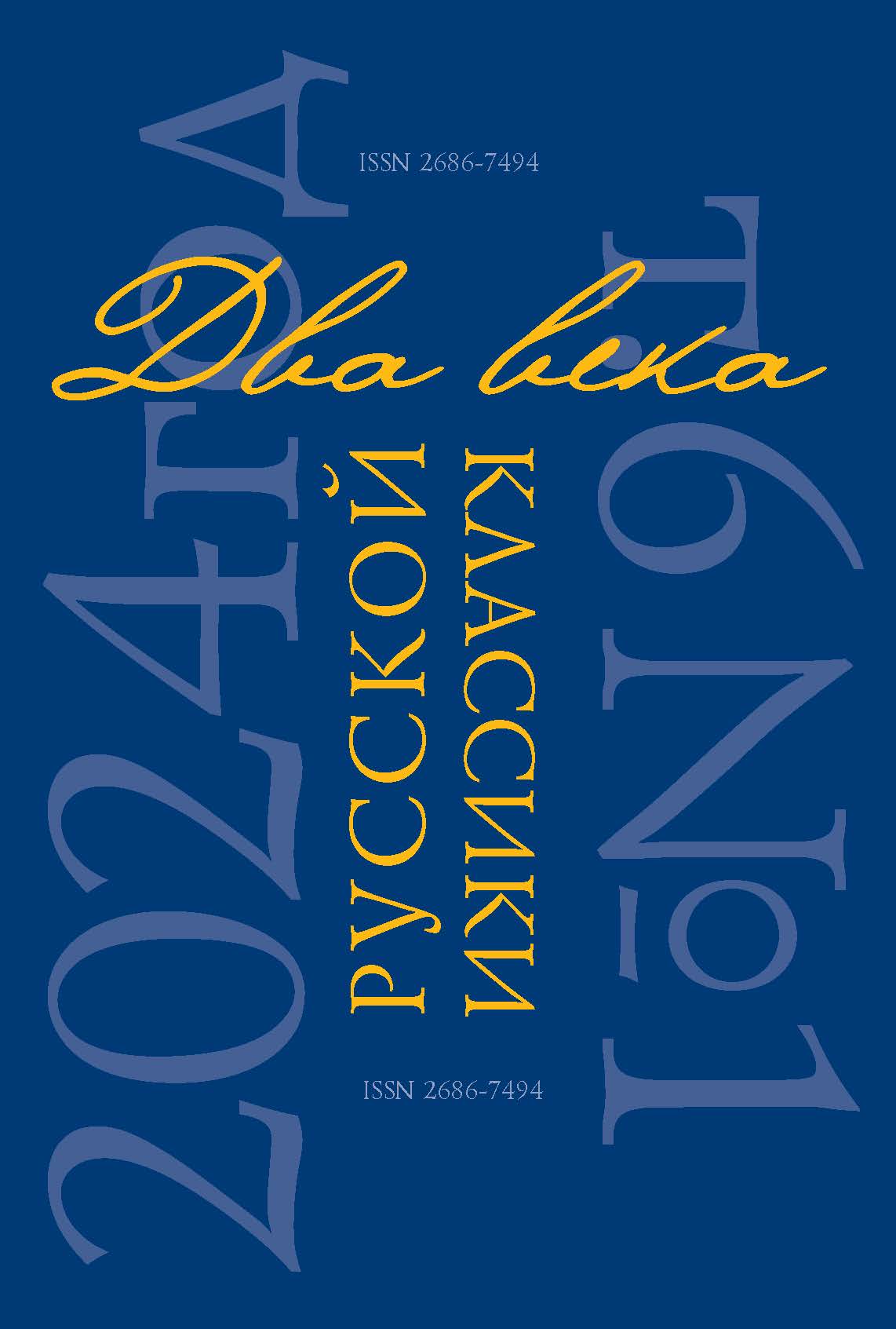Abstract: The article analyzes the views and beliefs of the writer Nadezhda Stepanovna Sokhanskaya, who worked under the pseudonym Kokhanovskaya. The author of the article points out two directions in the work of Sokhanskaya: the perpetuation of ancient works, traditions, as well as the monitoring of momentary, modern scenes which are most evidently show national identity, spiritual experience of the people. The main attention in the work is given to the monastery theme in the work of Sokhanskaya. The author of the article states that at the early stage the writer almost touched on the monastery theme, and later, during the rapprochement with the Slavophiles, the understanding of the meaning of faith and the Church, Sokhanskaya not only more often began to turn to Christian images, she began to organize her life in such a way that key milestones of her paths were related to visiting monasteries. Analyzing the images of the four Lavra (Kiev-Pechersk, Trinity-Sergius, Alexander Nevsky and Pochaev) in the writer's literary works, her journalism and letters, the author comes to the conclusion that there is a complete lack of didacticism in Sokhanskaya, which realized the special role of monasteries that can help people in secular life and bring affirmation in faith. In the annex to the article for the first time valuable extracts of Sokhanskaya letters are published, conveying the writer’s impressions of the beauty of Russian monasteries and glorifying them.
References
Kokhanovskaia <Sokhanskaia N. S.> Evreiskaia privilegiia [Jewish privilege]. Moscow. 1867. July 15. № 84. P. 4. (In Russ.)
Kokhanovskaia <Sokhanskaia N. S.> K delu ob evreiskikh privilegiiakh [Jewish privilege case]. Moskvich. 1867. December 31. № 5. P. 4. (In Russ.)
Kokhanovskaia Poezdka na Volyn'. III [A trip to Volyn. III]. Moscow. 1867. March 29. № 70. P. 2, 9 (In Russ.)
Makarovskaia <Sokhanskaia N. S.> Pis'mo iz Malorossii [Letter from Little Russia]. Sankt-Peterburgskie vedomosti [Saint Petersburg Vedomosti]. 1854. April 27. № 91. P. 448. (In Russ.)
Makarovskaia <Sokhanskaia N. S.> Stepnaia baryshnia 40-vykh godov [Young lady of the 40s]. Rus'. 1885. 2 fevr. № 5. P. 9 (In Russ.)
Makarovskaia <Sokhanskaia N. S.> Eshche pis'mo iz Malorossii [Another letter from Little Russia]. Sankt-Peterburgskie vedomosti [Saint Petersburg Vedomosti]. 1854. Jule 8. № 125. P. 617. (In Russ.)
Platonova N. N. Kokhanovskaia (N. S. Sokhanskaia). 1823–1884. St. Petersburg, Senatskaia tip. Publ, 1909. 234 p. (In Russ.)
Povesti Kokhanovskoi: v 2 t. [The Story of Kokhanovskaya: in 2 vols]. Mоscow, tip Bakhmeteva Publ, 1863. (In Russ.)
Sem'ia Aksakovykh i N. S. Sokhanskaia (Kokhanovskaia): Perepiska (1858–1884) [The Aksakov family and N. S. Sokhanskaya (Kokhanovskaya): Correspondence (1858–1884)], sost., vstup. st., podgot. teksta i komment. O. L. Fetisenko [compiled, introductory article, text preparation and commentary. O. L. Fetisenko]. St. Petersburg, 2018. pp. 307–308. (In Russ.)
Starina. Russkoe obozrenie [Russian review]. 1898. January. P. 264. (In Russ.)









